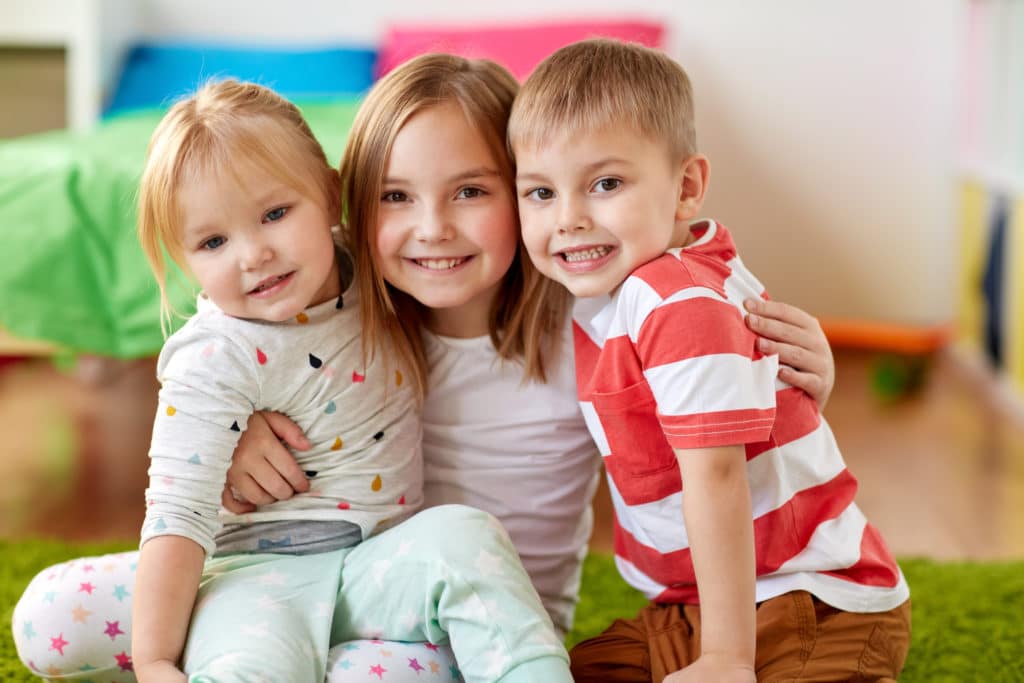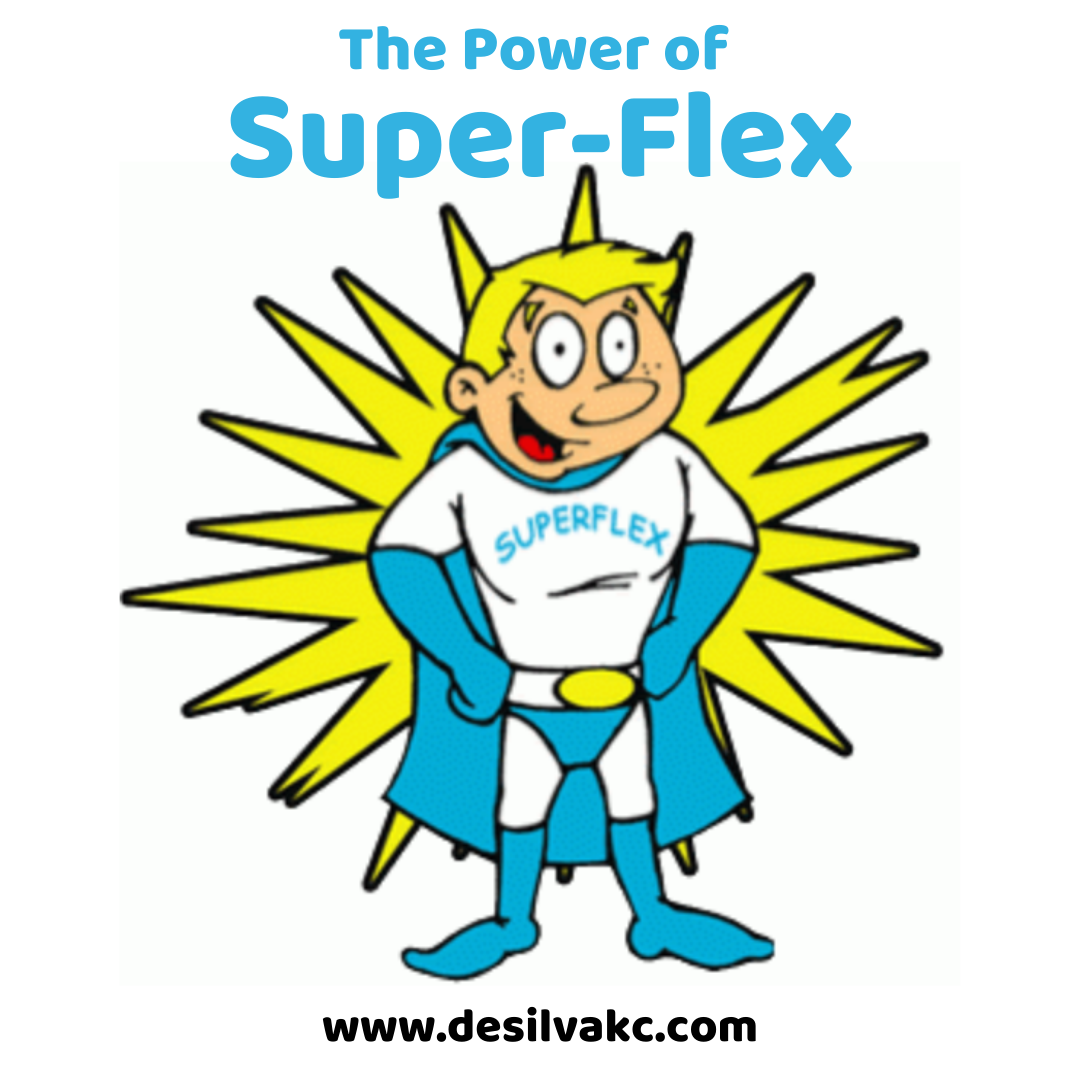At times, it can be challenging for peers and siblings to understand individuals with Autism Spectrum Disorders. Feelings experienced include frustration, anger, loneliness, sadness, disappointment, judgement, etc.
Below are some discussion points to help peers and siblings learn more about children on the spectrum, and to understand their characteristics:
1. Set the scene – Ensure that the child knows that it is a safe and open discussion, and that they can express their thoughts and feelings freely and honestly. Take turns and prompt the child to ask as many questions as they like
2. Explore the child’s thoughts and feelings about their peer or sibling with Autism. Use concept maps, sorting tables, pictures, etc
3. Discuss and explore what the child with Autism might need help with. Discuss what makes them different and normalise “difference” as a common characteristic among children. For example, some children wear hearing aids, some children need help with maths, some children wear glasses, etc. Ask the child to identify any other “differences” they have noticed in both themselves and others
4. Ask the child what they think this “difference” might be called. You can choose to give it a label (Autism), or simply describe it using phrases such as, “a brain that learns differently”
5. Invite the child to ask as many questions as they like about Autism, or present points for discussion yourself, e.g., what does Autism mean? What does Autism NOT mean, who else do you know that has Autism?
6. Discuss how having Autism might be difficult for the child
7. Discuss ways that the child can support their peer or sibling with Autism




